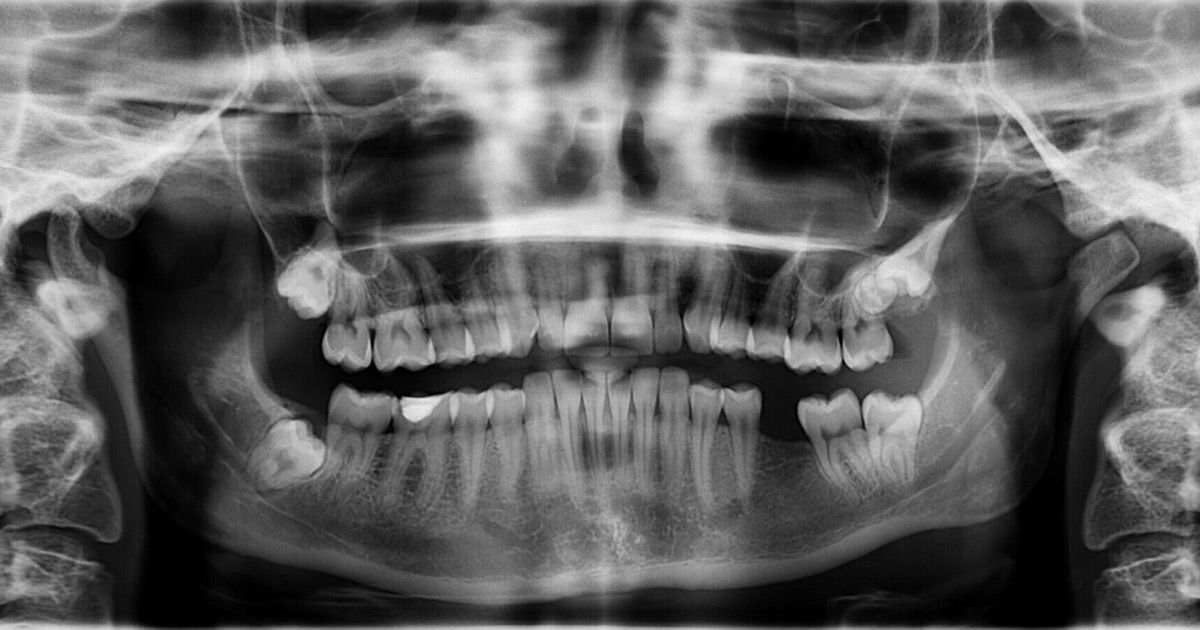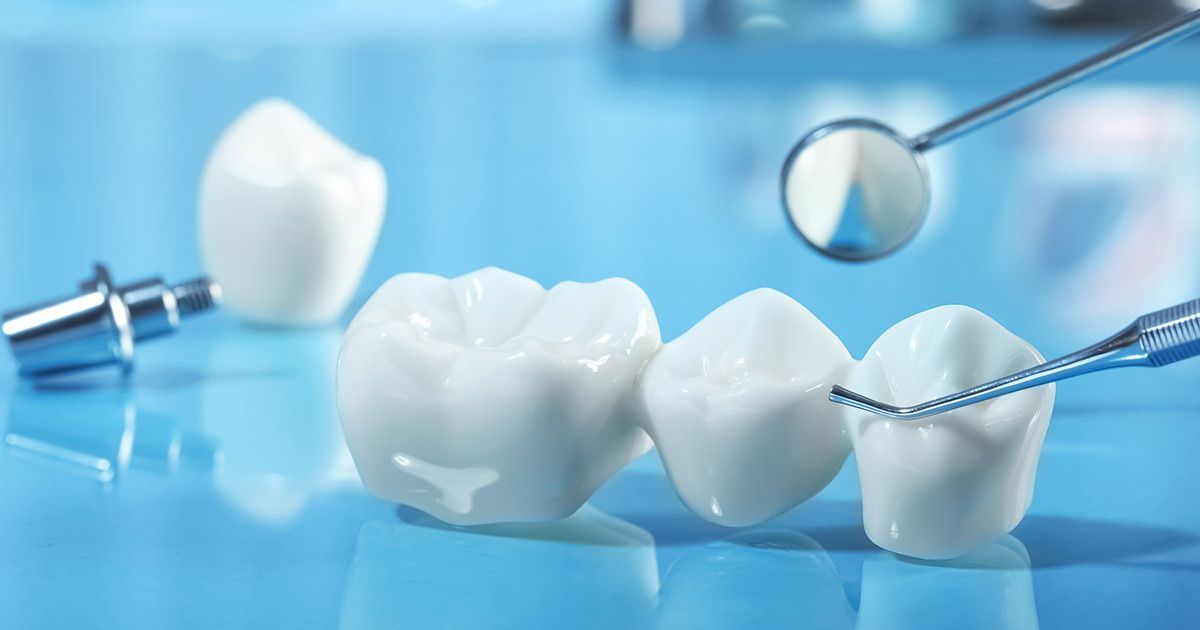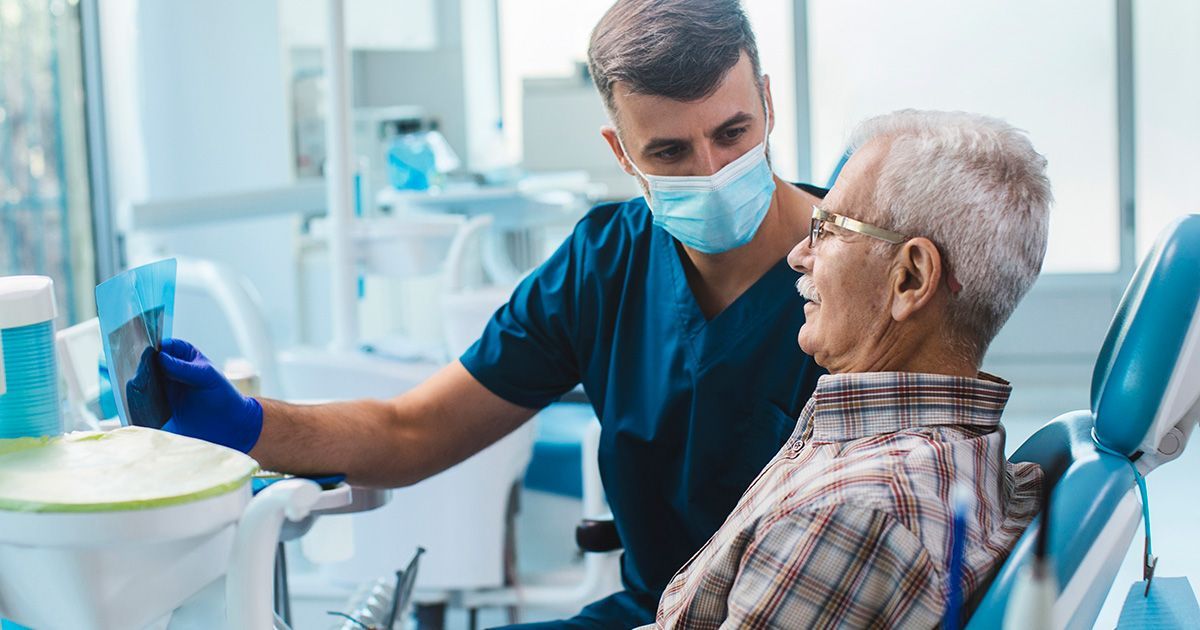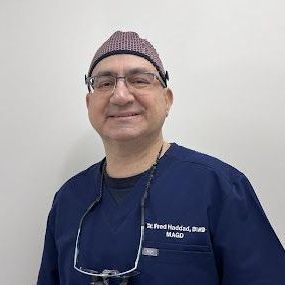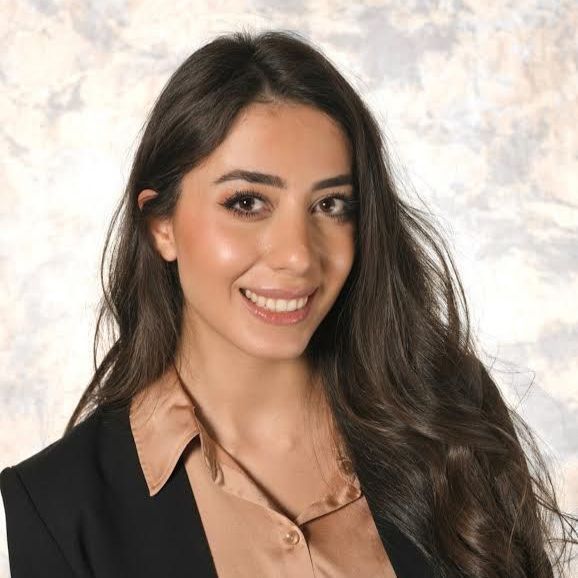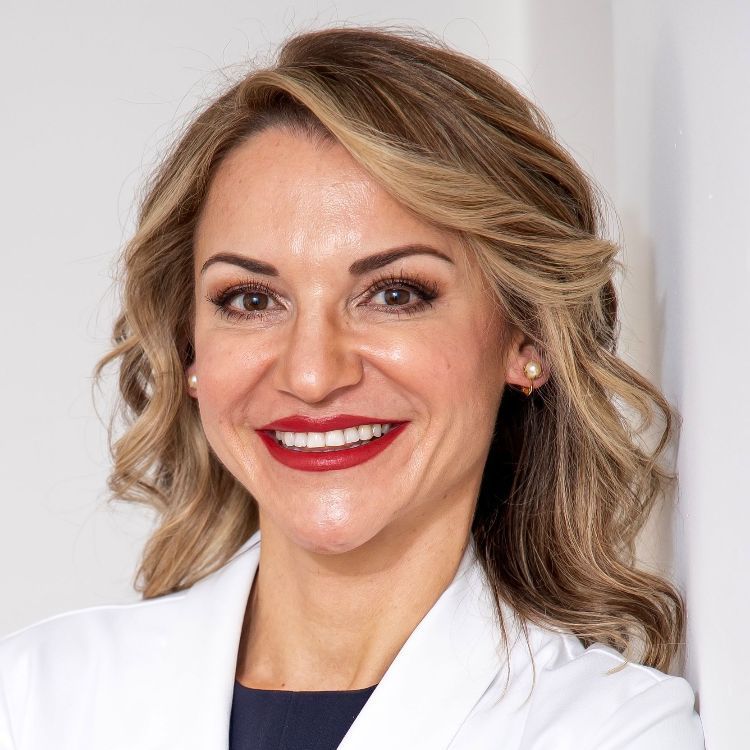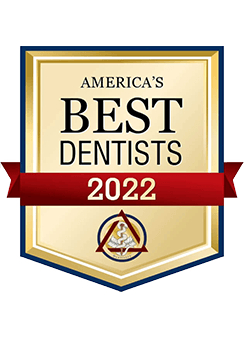Orthodontic FAQs
- What do orthodontists do?
Orthodontists are dental specialists who diagnose and treat problems with the position, alignment or spacing of the teeth, and related irregularities in the face and the jaw. A number of special treatments, including braces and other oral appliances, are used to correct these problems.
- Why should I (or my loved ones) get orthodontic treatment?
There are two good reasons: aesthetics and function. Having an attractive smile not only changes the way people see you — it enhances your own self-image as well. Orthodontic treatment also allows your teeth to function better and makes it easier to keep them clean, which can improve your overall health.
- When should orthodontic treatment be started?
You're never too old to begin orthodontic treatment — but if you start at an earlier age, your problems may be easier to treat. The American Association of Orthodontists recommends that a child who may need orthodontic treatment should come in for a first visit around age 7.
- How can I recognize a potential bite problem?
Teeth that are protruding, crowded together or erupting out of position are clear indications that treatment is needed. Less obvious signs are mouth breathing, frequent biting of the cheek or palate, speech difficulties, and thumb sucking that goes past 3-4 years of age. If teeth don't meet properly when the mouth closes, or if jaws make sounds or shift as they move, this may also indicate an orthodontic problem.
- Does getting braces hurt? What about wearing them?
Having braces put on is generally painless. Some people experience minor aches and pains in the first couple of days or so, as they adjust to wearing their appliances; periodic adjustments may sometimes cause soreness as well, though it typically lasts only a short time. Over-the-counter pain relievers can be used to alleviate any discomfort, but are usually unnecessary.
- How long will treatment take?
It's different for each person, but generally the active stage of treatment (that is, wearing braces or other appliances) may take from 6-30 months. After that, a retainer is worn for at least several months more.
- How often will I come in for an appointment?
It depends on what's being done, and how often you need to be monitored. During active treatment, you'll typically visit the office once every 4 to 10 weeks.
- Will I need to have any teeth extracted?
If your teeth are severely crowded (because your mouth is too small to properly accommodate all of them) — or if you have impacted teeth (teeth that are trapped beneath the gum line by other teeth) — then extraction may be necessary. In the case of younger patients, early treatment may make extraction unnecessary.
- Will I have to watch what I eat?
Yes — you should pass up the types of foods that could damage or become trapped in your braces. Some of these include raw vegetables, hard candy, caramel, taffy and ice cubes (fortunately, ice cream is OK). You will receive a list of foods to avoid.
- Will I be able to play sports/ play my instrument?
In a word: Yes. Of course, whether you wear braces or not, we recommend you wear a mouthguard when playing most sports. Musicians are generally able to play their instruments just as they did before, but they may need a short adjustment period after getting braces.
- Do I still need to see my regular dentist while I'm getting orthodontic treatment?
You do — in fact, it's more important than ever! Keeping teeth free of plaque (and potentially, decay) can be challenging when you're wearing braces. Your dentist can help you avoid these problems with frequent cleanings and exams.
- Will I wear a retainer when my braces come off?
Almost always, the answer is yes: If you don't wear a retainer, your teeth can rapidly shift out of position — and then all the effort put into your treatment is lost! Your retainer helps you maintain that good-looking smile for a lifetime.
- Is orthodontic care very expensive?
Orthodontic care is a long-term investment in your health and well-being. Yet its cost hasn't increased as fast as many other consumer prices, and many financing options are available that make orthodontic care affordable. Weighed against the true cost of living with problem teeth, however, orthodontic treatment can be a wise investment indeed.
Dr. Haddad’s purpose at Sewell Dental Designs is to empower his patients so they can achieve and maintain excellent dental health and have a smile they are happy to show off. He decided on this path after receiving treatment from a competent and friendly dentist when he was a teen.
Dr. Haddad obtained his Bachelor of Science degree at George Mason University in Virginia and went on to earn his Doctor of Medicine in Dentistry degree (DMD) from Temple University Maurice H. Kornberg School of Dentistry.
Dr. Joanna Haddad was born and raised in Lebanon and now resides in Philadelphia, PA. She speaks Arabic, French, and English fluently. Dr. Joanna earned her Doctorate of Dental Medicine from the University of Pennsylvania School of Dental Medicine, graduating with honors in Public Health. During her time in dental school, she was highly involved in various organizations and served as the Chapter President of the American Student Dental Association. She is also a proud member of the American Dental Association, American Association of Facial Esthetics and American student dental association.
Dr. Konstantina S. Giesberg, DDS, is a board-certified dentist anesthesiologist who has earned the privilege of becoming a Diplomate of the American Dental Board of Anesthesiology (DADBA).Dr. Giesberg obtained, with honors, her degree of Doctor of Dental Surgery (DDS) from the University of Buffalo, NY. She then completed her General Practice Residency in Dentistry at Wyckoff Heights Medical Center in Brooklyn, NY. Dr. Giesberg then furthered her studies at Wyckoff Heights Medical Center with a Specialty Program in Dental Anesthesiology, involving three years of concentration in deep sedation and general anesthesia.
Quick Links
All Rights Reserved | Sewell Dental Designs




